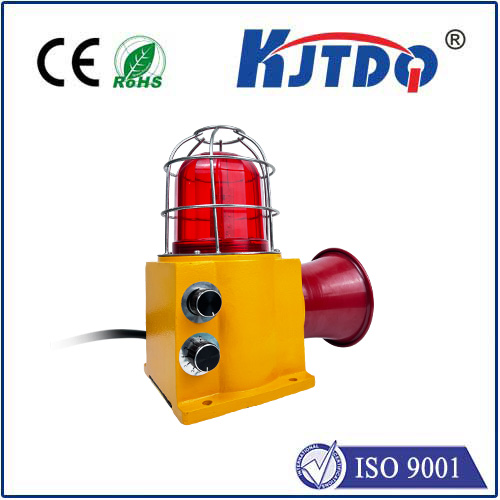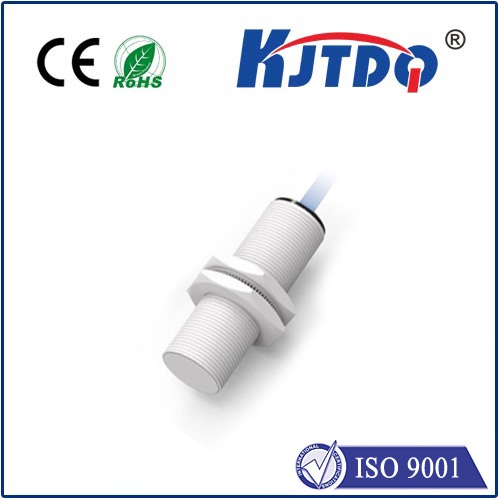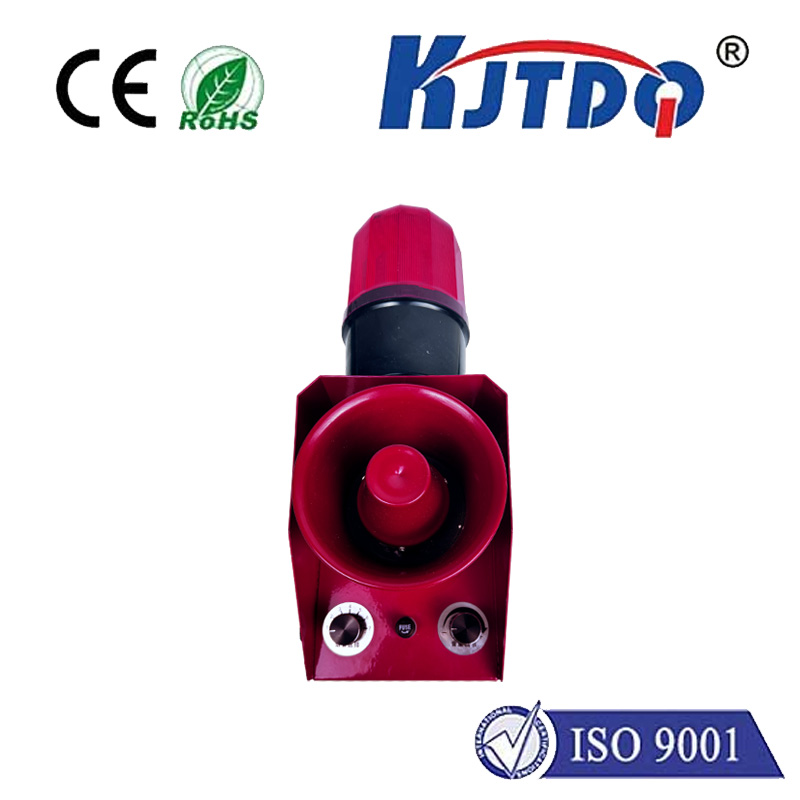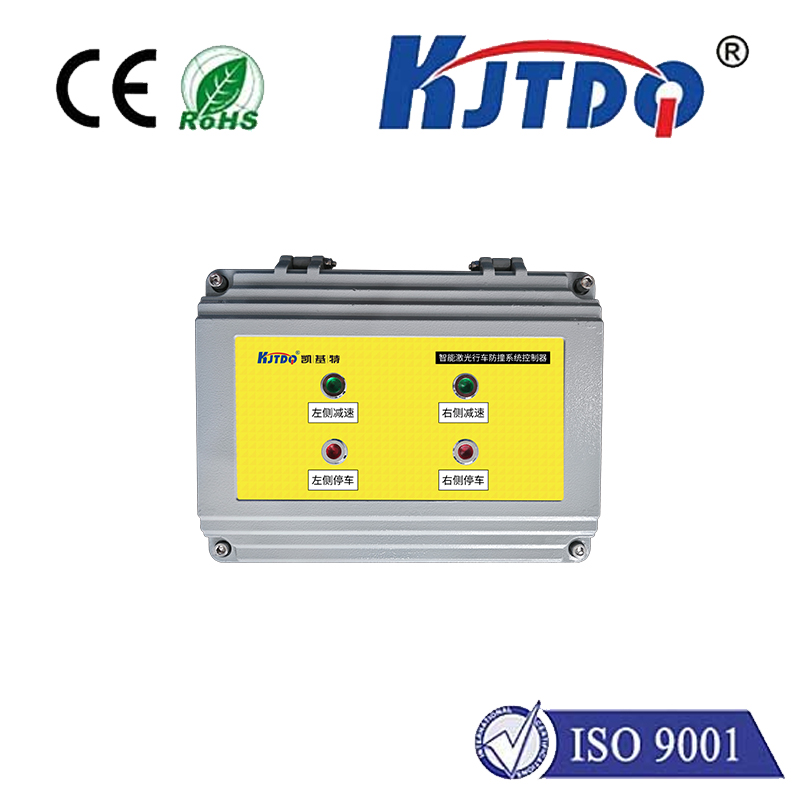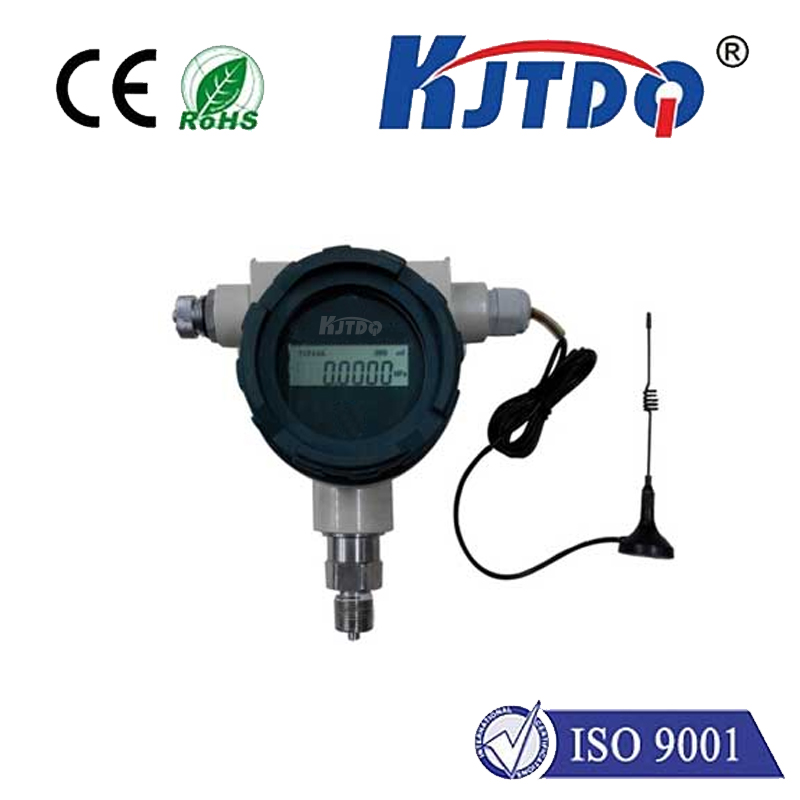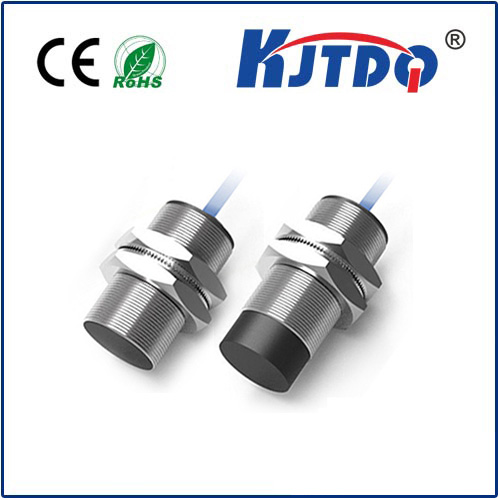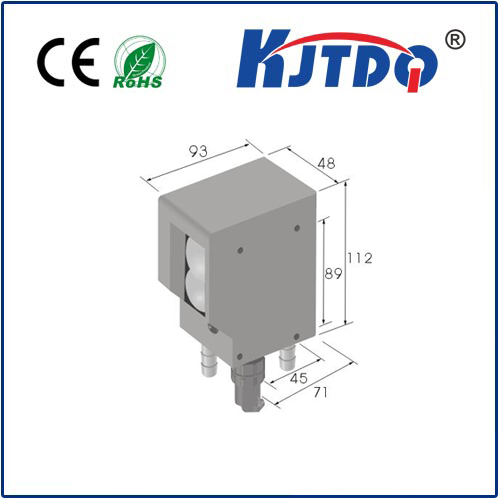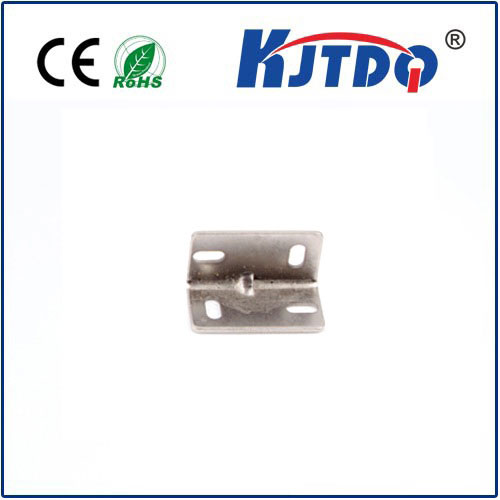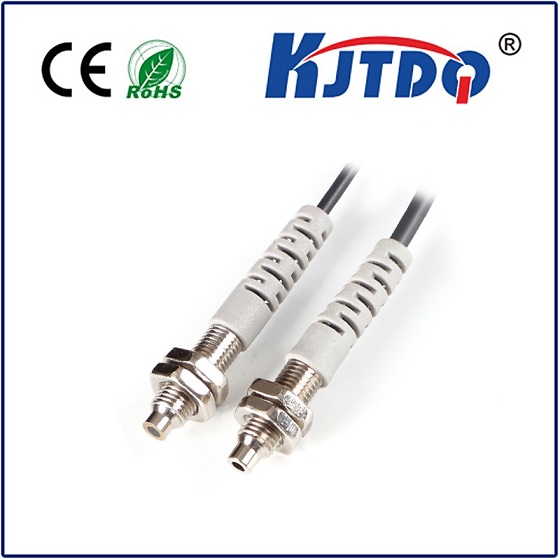
check

check

check

check

Title: Understanding the Importance of Monitor Sensors in Our Digital Age In the era of advanced technology, monitor sensors have become an indispensable part of our daily lives. These tiny devices are designed to detect and measure physical quantities such as temperature, pressure, and humidity, and then convert these measurements into signals that can be read by a monitoring system. The significance of monitor sensors lies in their ability to provide critical information about the environment, enabling us to make informed decisions and take necessary actions. In this article, we will explore the various applications of monitor sensors and discuss why they are essential in our digital age. One of the most common uses of monitor sensors is in the field of healthcare. Medical monitors use sensors to track patients’ vital signs, such as heart rate, blood pressure, and oxygen levels. This data is then transmitted to medical professionals, who can use it to monitor patients’ conditions and provide timely treatment. Monitor sensors have also been instrumental in the development of wearable health devices, such as fitness trackers and smartwatches, which allow individuals to monitor their own health metrics and make lifestyle changes based on the data collected. Another important application of monitor sensors is in the industrial sector. Industrial monitors use sensors to measure parameters such as temperature, pressure, and humidity in various processes and machinery. This data is used to optimize operations, improve efficiency, and ensure safety. For example, monitor sensors are used in refrigeration systems to maintain optimal temperatures, preventing food spoilage and reducing energy consumption. Similarly, monitor sensors are used in manufacturing plants to detect faults in machinery before they cause significant damage or production downtime. Monitor sensors are also widely used in environmental monitoring. Environmental sensors track various factors such as air quality, water quality, and soil moisture levels. This data is crucial for understanding the impact of human activities on the environment and taking action to mitigate negative effects. For instance, monitor sensors are used in air quality monitoring stations to measure pollutants such as particulate matter and nitrogen dioxide, allowing authorities to take measures to reduce pollution levels and protect public health. In addition to their practical applications, monitor sensors also play a vital role in research and development. Scientists and engineers use monitor sensors to gather data on a wide range of phenomena, from climate change to space exploration. This data is used to develop new technologies, improve existing ones, and gain insights into the workings of our world. In conclusion, monitor sensors have become an integral part of our digital age, with applications ranging from healthcare and industry to environmental monitoring and research. Their ability to provide accurate and real-time data enables us to make informed decisions, optimize operations, and protect our planet. As technology continues to advance, we can expect monitor sensors to play an even greater role in shaping our future.
